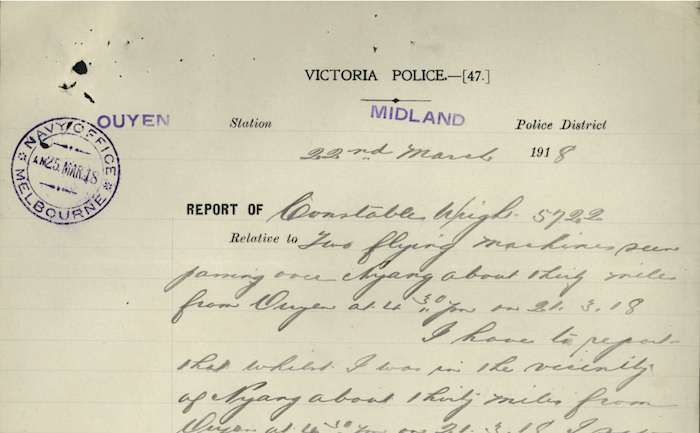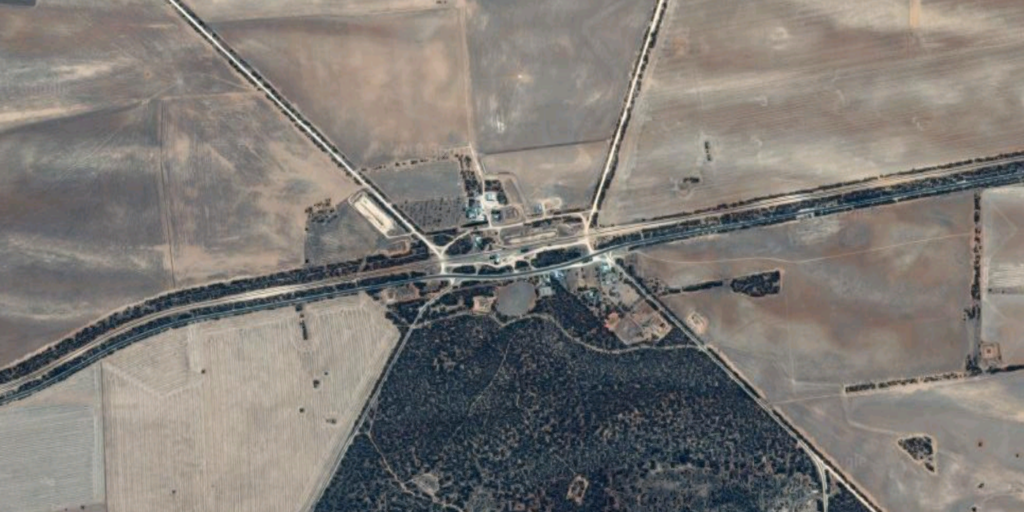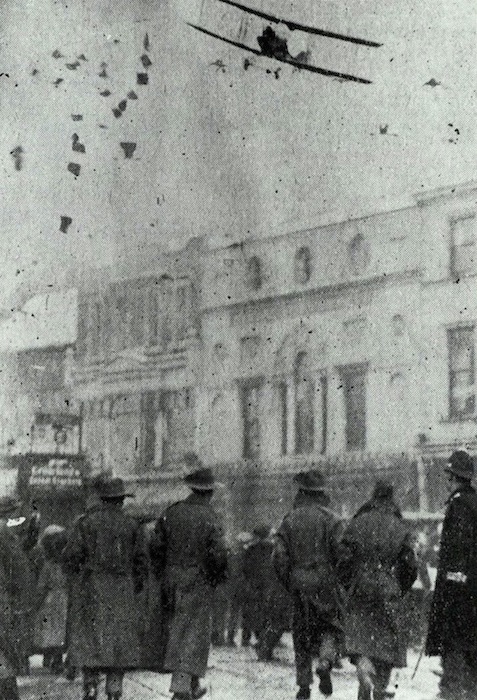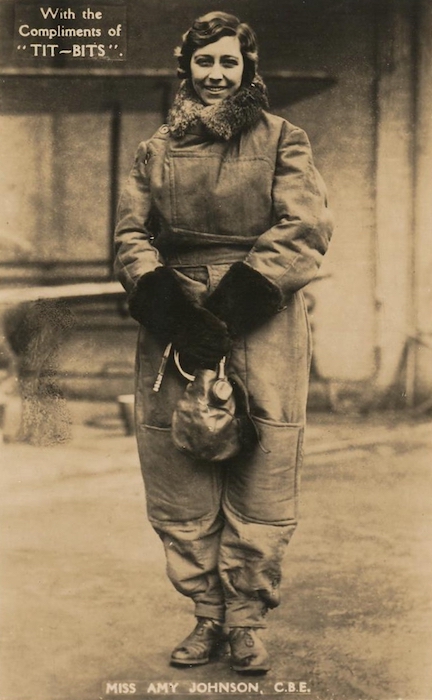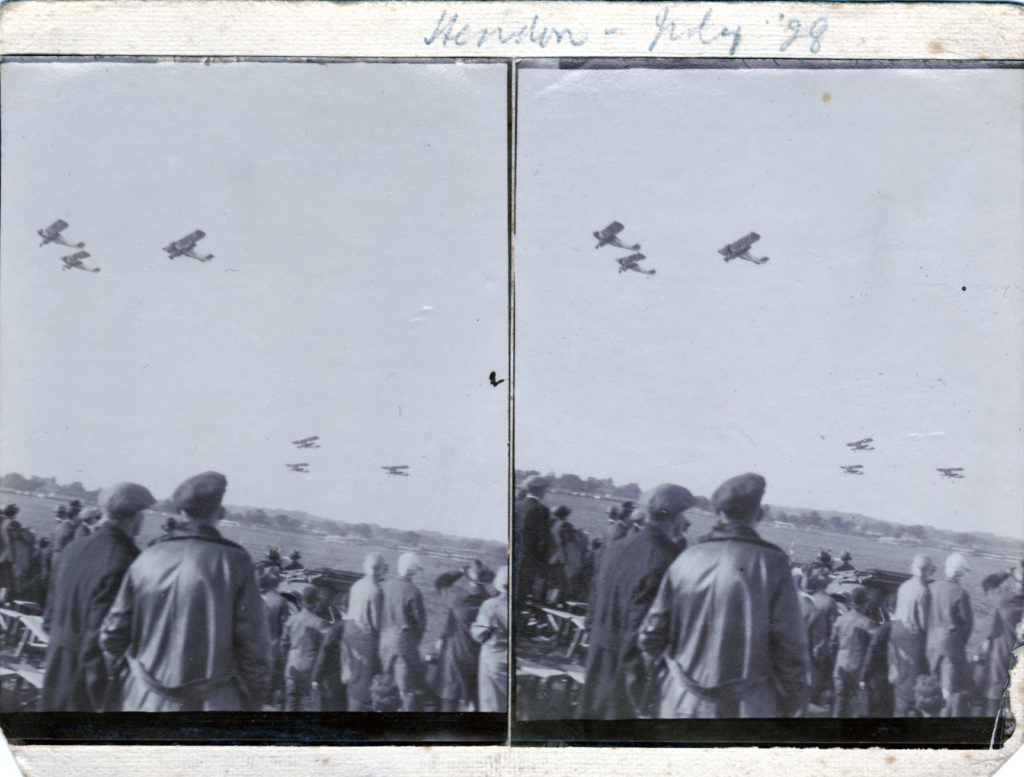Saturday, 30 March 1918
NAA: MP1049/1, 1918/066, page 556 is an extract from a weekly military intelligence report compiled for the Australian section of the Imperial General Staff, which has been forwarded on to the Navy. (It contains information up to 30 March, but it’s possible that it was compiled a day or two later.) It summarises a report […]




